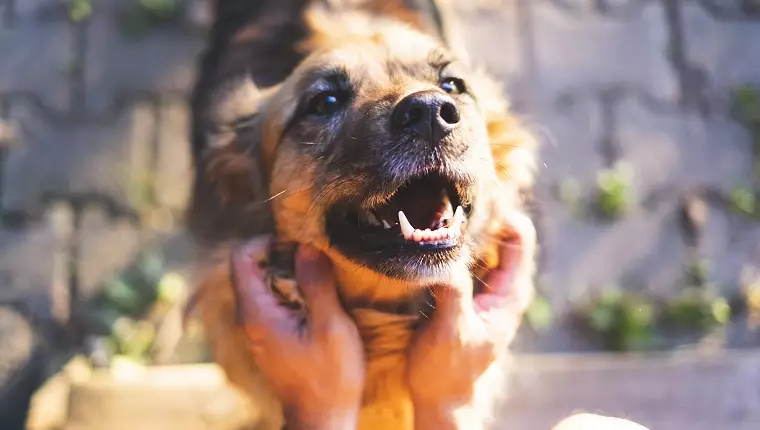Many dog owners instinctively understand that grooming and exercise are critical components of their pet’s well-being. However, dental care often gets relegated to the backburner despite being equally crucial. Just as neglecting personal oral health can lead to severe complications in humans—like tooth decay or gum disease—neglecting a dog’s dental hygiene can result in pain, infections, and even systemic health problems. The truth is, a healthy mouth is essential for maintaining an overall healthy dog. By shining a spotlight on canine dental care, pet owners can pave the way for a longer, happier life for their furry companions.
Decoding the Signs of Dental Disease
So, how can dog owners ascertain whether their pets require a dental check-up? Regular inspections are crucial. An average week should involve examining your dog’s mouth, looking for signs such as discoloration, plaque accumulation, and gum health. Healthy gums are typically pink and free from swelling. Owners should be vigilant for warning signs, including persistent bad breath, changes in eating habits, and excessive drooling, which can signal deeper dental issues. If anything seems amiss, your dog should be seen by a veterinarian promptly. Pain and discomfort often manifest in subtle ways, and a professional evaluation is indispensable in addressing potential concerns that can deteriorate into more significant health crises.
The Vet Visits: A Non-Negotiable Element
Veterinary dental examinations are not just annual formalities. They are vital checkpoints in your dog’s healthcare journey. Many owners might feel hesitant about the expenses associated with professional cleanings, but let’s face reality: the costs of treating advanced dental problems often far exceed that of preventive care. These semi-annual or annual vet visits ensure that any dental concerns are addressed before they escalate. Moreover, vets can offer recommendations tailored to your dog’s unique needs, making them a key partner in maintaining your dog’s dental health.
The Daily Ritual of Brushing Teeth
While regular vet visits are essential, daily dental care is where the real magic happens. Many pet parents shy away from the thought of brushing their dog’s teeth, often because it seems intimidating or that their pup might resist. But just as with human children, starting early can make a world of difference. Ideally, introducing tooth brushing to a puppy will help them grow accustomed to the process. But it’s never too late to start; older dogs can still learn new tricks.
It’s critical to use toothpaste formulated explicitly for dogs as human toothpaste contains substances that can be toxic to them. Flavorful options like chicken or peanut butter can make the cleaning less of a chore and more of a treat. To ease them into the brushing process, you can introduce them initially to the toothbrush without toothpaste, allowing them to sniff and lick.
Alternative Dental Care Solutions
Some dogs may never take to traditional teeth brushing, which isn’t a dead end for their dental care. Several alternatives exist that may also yield positive results. Dental wipes, while less effective than brushing, can still be a helpful resource, especially if you are on the go. Water additives can provide another layer of protection against plaque and tartar build-up. Regardless of which method you opt for, always consult with your veterinarian to customize a dental plan that suits your dog’s specific health requirements.
Nutrition Plays a Key Role
Nutrition, often overlooked, is another cornerstone of dental health. Crunchy foods are generally preferable to soft food as they can help naturally scrape away plaque during mealtime. When looking for commercial dog food, those specifically designed for dental health can provide dual benefits—nutrition and cleaning. Various dental treats and chew toys specifically engineered to promote oral health can also support good dental hygiene practices. Always ensure that these products are vet-approved, as inadequate sizing or material can lead to dental fractures or injuries.
Engagement, Patience, and Positive Reinforcement
Creating a successful dental care routine involves a good deal of patience, and it’s all about engagement. Dogs should be made to feel that dental care is not merely a necessity—it’s a bonding experience. Use treats and praise to make the process enjoyable; rewarding them for good behavior will help establish a positive association with dental care. Regular brushing and dental visits can become cherished moments, fostering trust while significantly enhancing their oral health.
In the end, a dog’s dazzling smile is not just about aesthetics; it’s a beautiful reflection of their overall health and happiness. Pet owners must prioritize dental care to ensure their furry friends can enjoy every tail-wagging moment for years to come.

